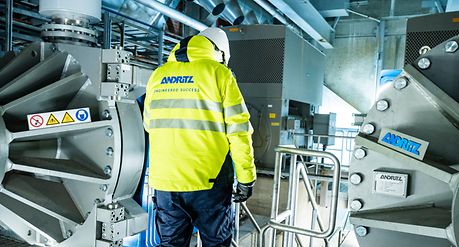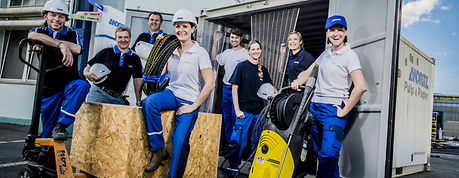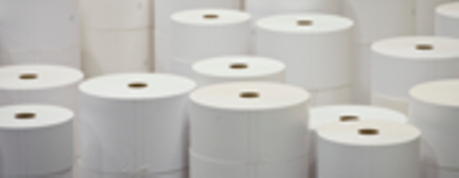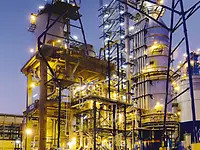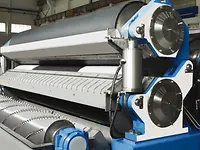Comprehensive service to support customer processes: from replacement parts to complete mill maintenance...
High-kappa pulping
High-strength pulp for any paperboard application
The increase in e-commerce has created a greater demand for pulp used to make packaging materials as more and more consumer goods are being sold in online stores and then shipped to recipients all over the world. Foodstuffs are being packaged in paperboard packaging not only for transport, but also for sale and consumption, increasing the demand for food-safe bio-degradable packaging materials. In addition, high-strength paperboard packaging is used to replace heavier wood packaging, like crates and pallets, in shipping heavy machinery, machine parts and other industrial goods that place a lot of demands on the packaging materials. ANDRITZ can help your mill to produce this high-quality, strong pulp for these applications.
High-kappa pulp for any paperboard application
High kappa for paperboard refers to the kappa number of the pulp, which is in the region of 50 to 100+. The kappa describes the amount of lignin remaining in the pulp after cooking – the higher the number, the higher the amount of residual lignin content. The purpose of producing higher-kappa pulp rather than lower-kappa paper-grade pulp is to increase the stiffness of different paperboard grades and create a good strength profile for the product so that it will make for a better packaging material. Another important aspect of high-kappa pulping is the reduced proportion of virgin fibers required in the final product.
Strong fibers from cooking
The most important quality of high-kappa pulp – fiber strength – is achieved during the pre-steaming and cooking stages. The standard ANDRITZ single-vessel cooking process produces superior-quality fiber requiring very little fiberizing in the subsequent stages – this helps to maintain the strength of the fibers throughout the entire fiberline.
Separating the wheat from the chaff – optimum conditions for washing with fiberization
Separating heavy tramp material – stones, spacers, screws, nails, and other such objects that might accidentally end up in the fiberline – from the pulp at an early stage is especially important in a high-kappa process to avoid damage to the refiners and pulp washers later in the process. To achieve this, the ANDRITZ MC Tramp Material Separator (MC-TMS) is installed in the blowline after the digester. The MC-TMS also has some fiberizing capability due to its design.
The pulp from ANDRITZ cooking is thoroughly and evenly delignified, which makes fiberizing easy and requires only moderate fiberizing intensity. With the MC-TMS we can even achieve required fiberizing effect up to a kappa number of 85. Fiberline washing performance is optimized with the fiberizing.
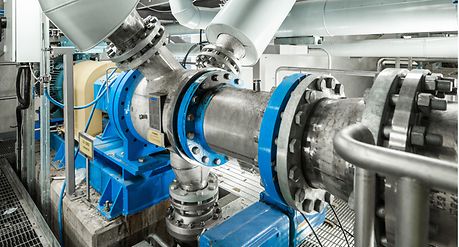
MC Tramp Material Separator
Washing solutions for all needs
Washing in high-kappa pulping serves the same purpose as in a paper-grade fiberline – to remove chemicals and chemical impurities that would degrade pulp properties. Washing is especially important when producing pulp for food-safe applications, where smell, taste and impurities from the packaging must not be transferred to the food.
The strong ANDRITZ washer portfolio has a suitable washing solution for any high-kappa fiberline – or if you are rebuilding an old line, we have the expertise to get the most out of your existing washers.
Refiners and screening in the ANDRITZ high-kappa line
The blowline refiner is located between the continuous digester and the blow tank. Its job is to fiberize imperfectly cooked chips and reduce shives and fiber bundles with minimal fiber damage. This medium-consistency fiberizing is needed beyond a kappa number of 85, but together with MC-TMS, the fiberizing intensity stays low.
Hot stock refining after the blow tank is carried out at a low consistency with refiners. The level of refining and the design of the refining process are optimized together with screening, taking consideration of whether a blowline refiner is used or not. Depending on the application, with proper process design hot stock refining is not always needed.
Finally, the paper-making properties – bonding and swelling – of the pulp are obtained in the final refining stages, located in the stock preparation area.
Expertise in high-kappa fiberlines
ANDRITZ has developed and built several high-kappa fiberlines that produce pulp in a variety of kappa number ranges. We have also converted paper-grade pulp lines to produce high-kappa pulp – something that can be achieved quite cost-effectively by using existing machinery.
